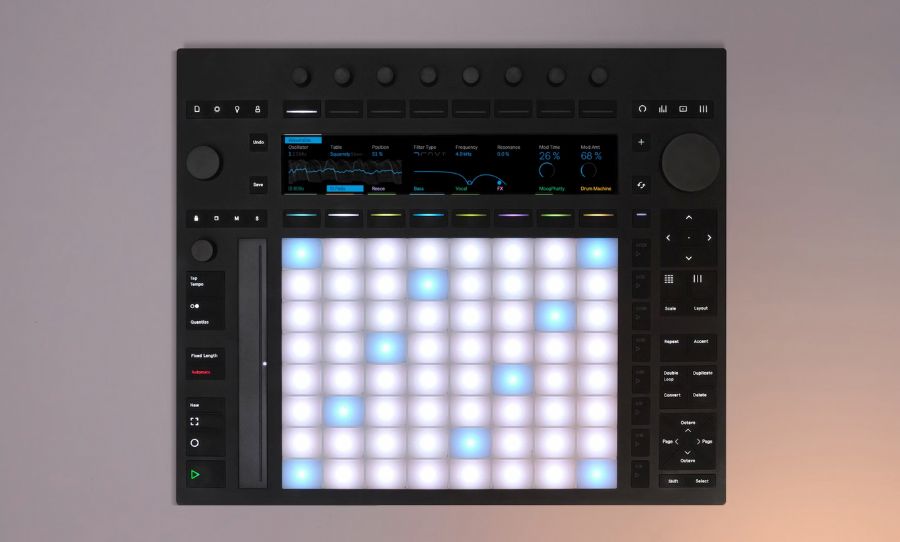In a rather dystopian attempt to protest copyright law, programmer-musicians Damien Riehl and Noah Rubin have algorithmically generated every possible MIDI melody in existence and released it to the public.
The duo saved the mass of music to a hard drive, copyrighted it, and then publicly released it in an attempt to stop musicians from being sued under laws, which they believe inhibits the creative freedom of artists.
 Two musicians have generated every single possible melody and released it to the public in order to highlight the creative injustice of copyright law.
Two musicians have generated every single possible melody and released it to the public in order to highlight the creative injustice of copyright law.
Programmer, musician, and copyright attorney Riehl explained that to create their melody database, they algorithmically generated every melody contained within a single octave.
But how can they create every single melody which possibly exists? Well, Riehl and Rubin’s algorithm uses the same system that hackers use to guess passwords, replaying every possible combination of notes until none remain. Riehl says this algorithm works at a rate of 300,000 melodies per second, recording every possible 8-note, 12-beat melody combo.
The database of melodies and the code for the duo’s algorithm are available as open-source materials on Github and the datasets are on Internet Archive. On the project’s website, Rubin and Riehl stated that they released these melodies using a Creative Commons Zero licence. This licence means they have “no rights reserved” – the closest an artist can get to releasing a work into the public domain without having the copyright actively expire.
“Under copyright law, numbers are facts, and under copyright law, facts either have thin copyright, almost no copyright, or no copyright at all,” Riehl stated about the project.
“So maybe if these numbers have existed since the beginning of time and we’re just plucking them out, maybe melodies are just math, which is just facts, which is not copyrightable,” Riehl explained.
In copyright legislation, an artist can be justifiably sued for “subconsciously” infringing on original content, even if they only listened to the song they’re accused of copyrighting once.
Here are some examples of famous copyright lawsuits:
Tom Petty vs Sam Smith: Petty claimed that Smith’s song Stay With Me (2014) sounded too similar to his I Won’t Back Down (1989). Smith had to give Petty co-writing credits on his own chart-topping song, entitling Petty to royalties.
Larrikin Music vs Men At Work: The iconic Down Under (1979) flute riff landed Men At Work in hot water after Larrikin Music sued them for copyrighting the classic Aussie tune Kookaburra Sits in the Old Gum Tree (1934). Frontman Colin Hay, fellow songwriter Ron Strykert, and EMI were ordered to pay Larrikin Music 5 per cent of future profits, as well as royalties dating back to 2002.
Vanilla Ice vs Queen & David Bowie: In a lazy attempt to cover up sampling Under Pressure’s (1981) legendary bass line, Vanilla Ice claimed that Queen’s melody and Ice Ice Baby’s (1989) were completely different because he added a beat between the notes. The case cost Ice an undisclosed sum, public humiliation and the original writers received all songwriting credits on the track.
The Verve vs The Rolling Stones: The Rolling Stones originally agreed to license a five-note segment of their track The Last Time (1965) in exchange for 50 percent of the royalties. However, the band’s former manager accused the Verve of voiding the agreement and using a larger section than agreed in their biggest hit Bittersweet Symphony (1997).
The Verve forfeited all of the songwriting royalties and publishing rights to ABKCO, and all songwriting credits were given to Mick Jagger and Keith Richards, who were named on the ballot when Bittersweet Symphony was nominated for “Best Song” at the Grammys.


